Gravity Forms Webhooks Add-On
$59.00 Original price was: $59.00.$0.00Current price is: $0.00.
- Very cheap price & Original product !
- We Purchase And Download From Original Authors
- You’ll Receive Untouched And Unmodified Files
- 100% Clean Files & Free From Virus
- Unlimited Domain Usage
- Free New Version
- License : GPL
- Product Version : 1.5
Last updated on : August 30th, 2024
DOWNLOAD NOW!
This and 3000+ plugins and themes can be downloaded as a premium member for only $15. Join The Club Now!Gravity Forms Webhooks Add-On
The Gravity Forms Webhooks Add-On is a powerful tool that integrates with your Gravity Forms to send form data to external services and applications via HTTP requests. This add-on is particularly useful for automating workflows, triggering external actions, and integrating with various APIs and services. In this comprehensive guide, we’ll explore the features, benefits, and setup process of the Gravity Forms Webhooks Add-On.
What is the Gravity Forms Webhooks Add-On?
Gravity Forms Webhooks Add-On allows you to send form submission data to an external URL using HTTP POST requests. This functionality is crucial for automating tasks and integrating Gravity Forms with third-party services and applications. By leveraging webhooks, you can streamline data exchange and enhance the capabilities of your forms.
Key Features of Gravity Forms Webhooks Add-On
- HTTP POST Requests: Send form submission data to external endpoints using HTTP POST requests. This allows for secure and reliable data transmission.
- Customizable Payload: Customize the data payload sent via webhooks to include specific form fields and values. Control the structure and content of the data being transmitted.
- Conditional Webhooks: Configure webhooks to trigger based on specific conditions or form entries. This enables targeted and relevant data transmission.
- Support for Multiple Webhooks: Set up multiple webhooks for a single form to send data to various endpoints. This allows for integration with multiple services or applications.
- Advanced Authentication: Utilize authentication methods such as Basic Auth, OAuth, or API keys to secure data transmission and ensure proper access control.
- Error Handling: Monitor and handle errors in webhook requests. The add-on provides tools for logging and troubleshooting failed requests.
- Detailed Logs: Access detailed logs of webhook requests and responses to track data transmission and diagnose issues.
- Easy Configuration: An intuitive interface for setting up and managing webhooks. Configure endpoints, payloads, and triggers with ease.
Benefits of Using Gravity Forms Webhooks Add-On
1. Enhanced Automation
Automate workflows by sending form data to external services upon submission. This can include updating CRM systems, triggering notifications, or initiating custom processes.
2. Seamless Integration
Integrate Gravity Forms with various third-party applications and services. Webhooks facilitate data exchange with APIs, enabling synchronization and interaction with external systems.
3. Customizable Data Handling
Control the data transmitted through webhooks, including selecting specific fields and formatting the payload. This allows for tailored data handling based on your requirements.
4. Conditional Data Transmission
Set up conditional webhooks to trigger actions based on form responses or entry criteria. This ensures that data is sent only when certain conditions are met.
5. Robust Security
Utilize advanced authentication methods to secure data transmission. Ensure that sensitive information is transmitted securely and only to authorized endpoints.
6. Efficient Troubleshooting
Access detailed logs to monitor and troubleshoot webhook requests. Identify and resolve issues with data transmission effectively.
7. Scalability
Support for multiple webhooks allows for scalable integrations with various services. Send data to different endpoints as needed to meet diverse integration needs.
How to Set Up the Gravity Forms Webhooks Add-On
1. Install and Activate the Add-On
Purchase and download the Gravity Forms Webhooks Add-On. Upload the plugin file to your WordPress site and activate it through the WordPress dashboard. Ensure that you have Gravity Forms installed and activated.
2. Create a New Webhook
Navigate to the Gravity Forms section in your WordPress dashboard. Select the form for which you want to set up webhooks and go to the “Settings” tab. Click on “Webhooks” and then “Add New” to create a new webhook.
3. Configure Webhook Settings
Enter the URL of the external endpoint where you want to send form data. Configure settings such as the HTTP method (POST), request headers, and authentication details if needed. Customize the payload by selecting the form fields and formatting the data as required.
4. Set Up Conditional Logic (Optional)
If you want the webhook to trigger based on specific conditions, set up conditional logic. Define criteria based on form responses or entry details to control when the webhook is activated.
5. Test the Webhook
Before making your webhook live, test it to ensure that data is sent correctly and that the external service or application receives the information as expected. Use the detailed logs to monitor the request and response.
6. Monitor and Manage Webhooks
After setting up the webhook, monitor its performance and manage configurations as needed. Review logs for any errors or issues and adjust settings to optimize data transmission.
7. Review and Refine
Regularly review webhook performance and refine configurations based on your needs. Ensure that webhooks continue to function correctly and adapt to any changes in external services or requirements.
The Importance of GPL WordPress Plugins and Themes
Understanding GPL
The General Public License (GPL) is a free software license that grants users the freedom to use, modify, and distribute software. Many WordPress plugins and themes, including those related to form management and data integration, are released under the GPL.
Benefits of Using GPL WordPress Plugins and Themes
- Cost-Effective: GPL software is often available at lower costs or for free, making it accessible to a broad audience.
- Customizable: Users can modify the code to meet specific needs, providing extensive customization options.
- Community Support: GPL plugins and themes benefit from strong community involvement, contributing to ongoing development and support.
Why Choose GPL WordPress Plugins and Themes?
Selecting GPL-compliant plugins and themes ensures full control over your website’s features and design. Customize and extend the software according to your requirements, supported by a community of developers and users.
Conclusion
The Gravity Forms Webhooks Add-On offers a robust solution for integrating Gravity Forms with external services and applications. By enabling HTTP POST requests, customizable payloads, and conditional triggers, this add-on enhances the functionality of your forms and automates workflows.
With features such as advanced authentication, detailed logging, and support for multiple webhooks, you can efficiently manage data transmission and integrate with various APIs and services. Start using the Gravity Forms Webhooks Add-On to streamline your form management and enhance your data integration capabilities.
Be the first to review “Gravity Forms Webhooks Add-On” Cancel reply
Related products
Gravity Forms
Gravity Forms
Gravity Forms
Gravity Forms
Download Monitor
Gravity Forms
Gravity Forms
Gravity Forms




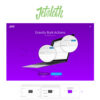
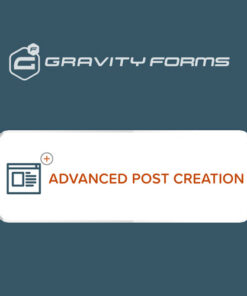

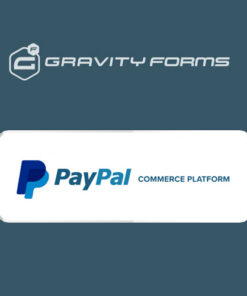
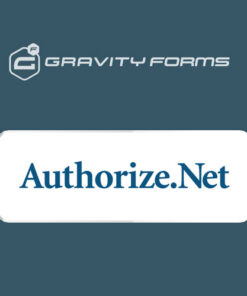
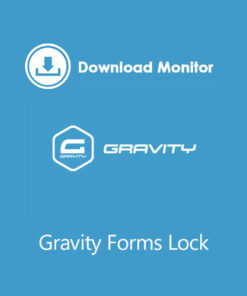
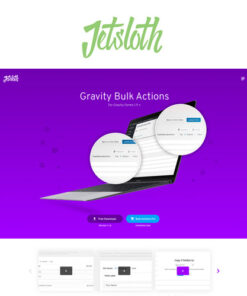
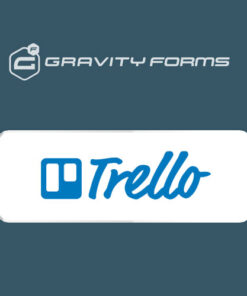

Reviews
There are no reviews yet.